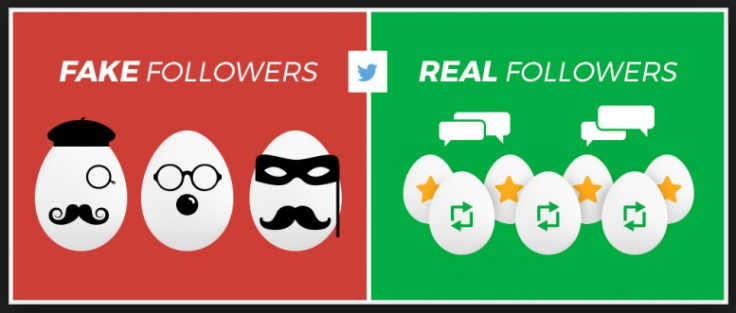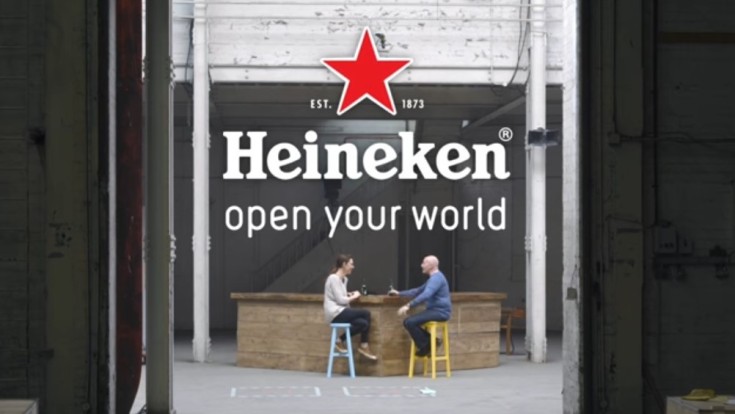
Fake accounts are becoming increasingly popular in social media. In fact, it is found that 8% of Instagram accounts are fake, 8.7% of Facebook users are fake and 15% of Twitter accounts are fake. This is partially due to the rise in brands and individuals buying fake followers to further increase their actual followers and engagement. These fake accounts are usually replicas of real users and provide fake followers, engagement and views.
With so many brands and influencers purchasing huge amounts of fake followers it makes building reach organically take way too long. It makes sense for brands to only join them since they cant beat them however getting more engagement and followers don’t necessarily increase lead generation. Since a high amount of those followers and engagement are fake, it is likely that not many people are actually interested in the product or what you have to offer.

Further to this, social media company’s are now investing in tracking down these fake accounts. Facebook now have new artificial intelligence based tools which are used to find fake accounts and spam. In fact, Facebook have recently said that these tools found 98.5% of the 583 million fake accounts they recently shut down in 2018. Therefore spending money on fake followers that are most likely going to get deleted doesn’t seem so wise.
Lastly buying fake followers isn’t ethical. By brands and influencers purchasing fake followers they are being dishonest and consumers are now losing trust in the brands and people they love due to this which can impact negatively on those doing so. As a result brands and influencers can be at risk of losing their real followers and real engagement.

Do you think that brands and influencers should invest in fake followers?
Let me know in the comments below 😊












